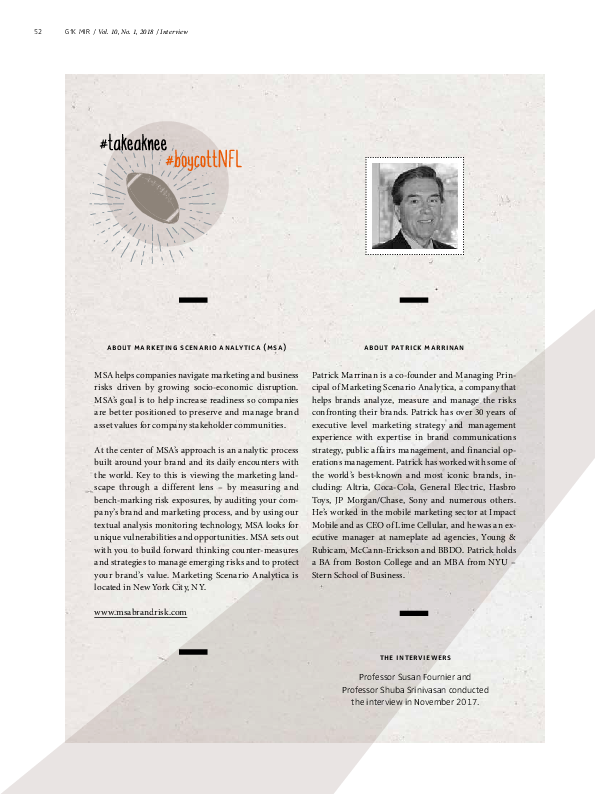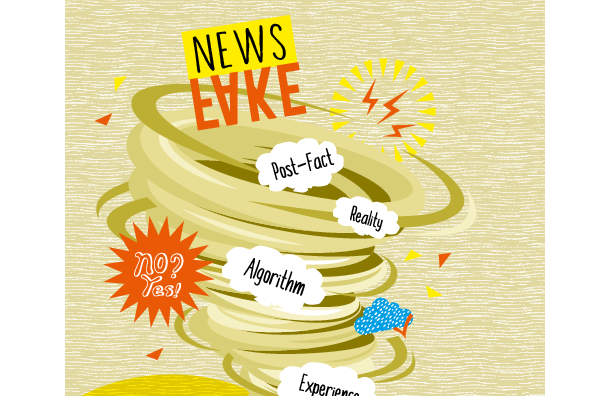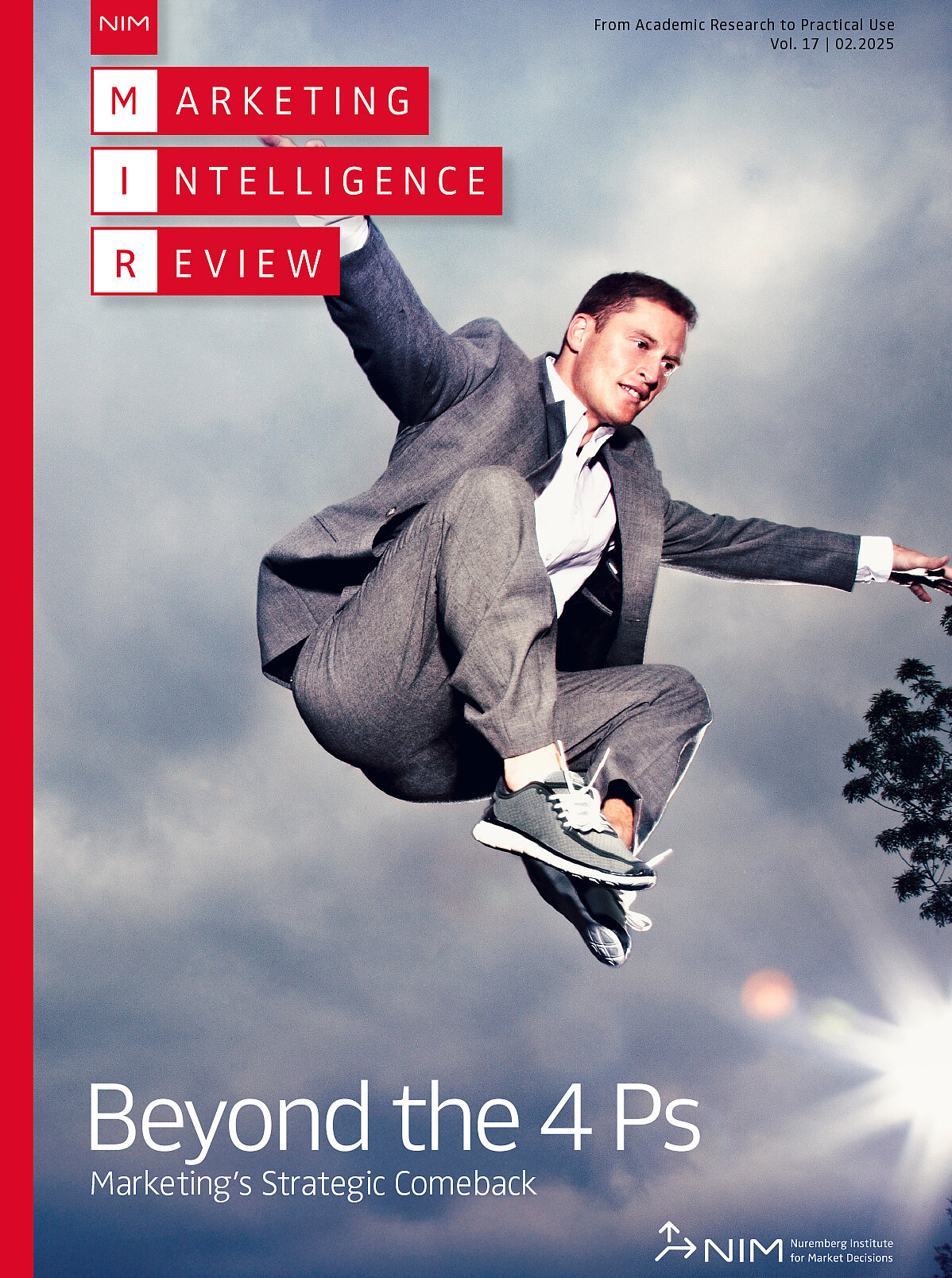Interview: The Frontlines of Brand Risk
Interview with Patrick Marrinan, Managing Principal of Marketing Scenario Analytica, New York City, USA
Whether it be the NFL, Dove, Wells Fargo, VW or countless others–managers need only open a daily newspaper to see how things can go terribly wrong for brands. Decline can be fast and the landing hard. In a contemporary marketplace where ideologies reign and social media guarantees the spread of (mis)information at light speed, a lot of what we think we know about brand marketing needs to be rethought through a risk-management lens. “For me, brand risk is any event, action or condition with the potential to damage a brand’s value, thereby making revenue generation and a company’s market value less than it should or could have been,” Patrick Marrinan, Managing Principal of Marketing Scenario Analytica, states. In his talk with Susan Fournier and Shuba Srinivasan, Patrick illustrates the many facets of a risk that has only begun to be recognized as a serious threat to carefully cultivated brand assets. Here we share what to watch out for and what brands can do to protect against risk.

![[Translate to English:] [Translate to English:]](/fileadmin/_processed_/5/c/csm_2018_gfk_mir_brand_risk_matters_eng_Kap1_beb2b78fb6.png)

![[Translate to English:] [Translate to English:]](/fileadmin/_processed_/f/c/csm_walker_vol_10_no_1_deutsch_a7ffbc6e15.png)

![[Translate to English:] [Translate to English:]](/fileadmin/_processed_/9/1/csm_mason_jayaram_vol_10_no_1_deutsch_595d7ce28d.png)
![[Translate to English:] [Translate to English:]](/fileadmin/_processed_/9/d/csm_monga_hsu_vol_10_no_1_deutsch_16af7fb030.png)
![[Translate to English:] [Translate to English:]](/fileadmin/_processed_/9/e/csm_fischer_ea_vol_10_no_1_deutsch_49d6278aab.png)
![[Translate to English:] [Translate to English:]](/fileadmin/_processed_/1/a/csm_2018_gfk_mir_brand_risk_matters_eng_Kap8_867b15d70e.png)


